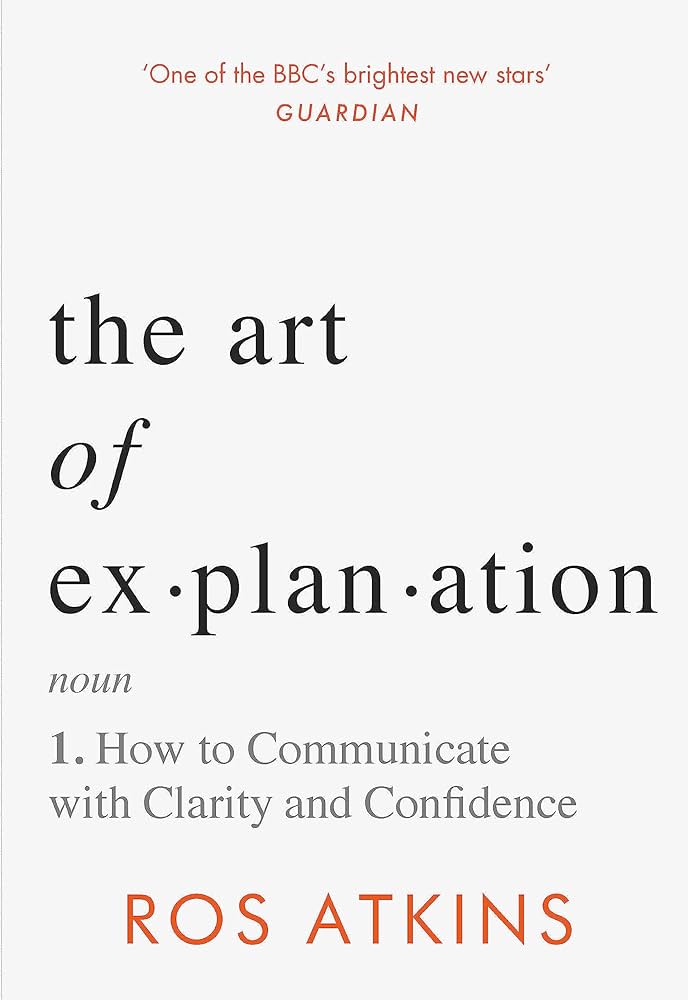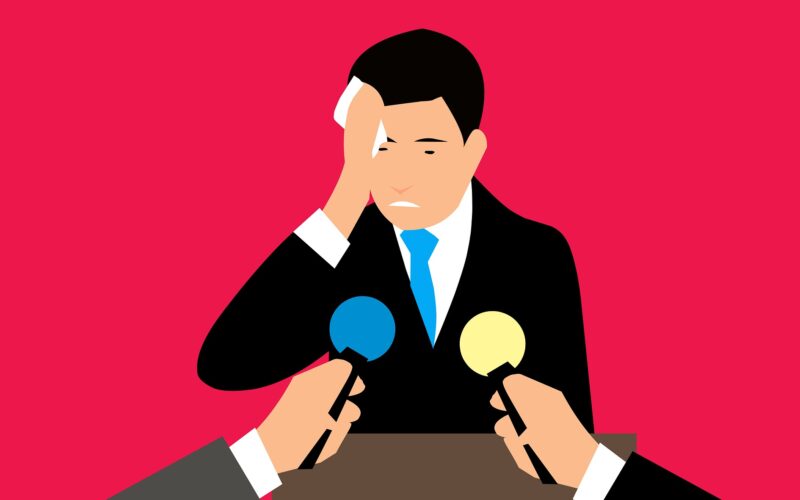Explanations are relevant to many aspects of our lives. Think of business presentations, writing essays, interacting with your doctor, job interviews, writing emails, talking to your tradesman and the list goes on.
If done well, explanations can inform, get things done and save you and others lots of time. Good explainers are engaging not just informative. But it’s not so simple. We have all seen ineffective explanations, as well as being guilty of many ourselves.
BBC presenter Ros Atkins undoubtedly produces some of the best explainer videos going around. In his new book The Art of Explanation, Atkins shares his methodical, seven-step approach.
Step One: Set up. This mainly involves understanding your audience. To do this he asks five questions: Who am I addressing? What do they know or would like to know? How do they want to receive the information? How to make it personal for them? And how to be credible to them?
Step Two: Find the Information. This is where the research starts. You are guided by asking yourself what the audience will want answered. You will end up with a pile of information and a list of what you yourself don’t understand or want to understand better.

Step Three: Distil the Information. Here you sweep through the information collected and check it against relevance, always reminding yourself of the purpose and your audience.
Step Four: Organise the Information. In this step you organise the information into strands that address the questions you are trying to answer. You start to consider how these strands might be built into a narrative or sequence. You also consider what visual elements could clarify the explanation.
Step Five: Link the Information. This is where you create a cohesive story, and Atkins provides plenty of techniques to help you maintain interest, cohesiveness and momentum.
Step Six: Tighten. In the editing phase you ruthlessly discard elements that do not contribute to your objective, you refine your story, and get feedback on what you’ve done to date.
Step Seven: Delivery. Finally, Atkins provides plenty of advice on how to rehearse, whether to memorise or not, how to use visuals and some seemingly mundane checks that can make the difference between success and failure.
One imagines that the first and last steps are the most consequential to the overall success of the explanation’s delivery. The intermediate steps will govern its quality.
Atkins goes on to adapt these steps for dynamic situations such as interviews and Q&A panels or live reports. The essence is similar but more emphasis is placed on memorising strands of information on the topics that are likely to come up, or key messages you wish to deliver.
Finally there is a section on “Quick Explanations”. These are quick discussions or emails. Think of a visit to your doctor, or sending an email message to a group. Here Atkins draws on the work of Rogers and Lanky-Fink which I have reviewed previously, and which boil down to keeping messages short, easy to read, tailored to the audience and importantly, easy to respond to.
In many ways Atkins proves that explanation is an ‘art’ because some of his steps are as dry to read as is reading about the minutiae and innermost thoughts of an artist as they apply each of their strokes to a painting. It means a lot to them, but is much more abstract for the reader.
For all the steps, tips and tricks provided in Atkins book, it fails to meet some of Atkins’ own criteria for what constitutes a good explanation. In particular, of his ten attributes of a good explanation, it falls short on “Essential Detail”, “Efficiency”, “Precision”, and “No Distractions”. On the other hand it more than achieves “Useful” and “Clarity of Purpose”.
Given these achievements, the book is recommended as a reference source to draw on whenever you have an important explanation to give. And the more you use the techniques, the better you’ll become.
More generally, The Art of Explanation provides an insight into how much work Atkins and his team put into their ‘explainers’, and into Atkins’ drive, one might say obsession, for good explanations.
The reviewer is a co-author of Court of the Grandchildren, a novel set in 2050s America.
Main image credit: Mohamed Hassan via Pixabay
